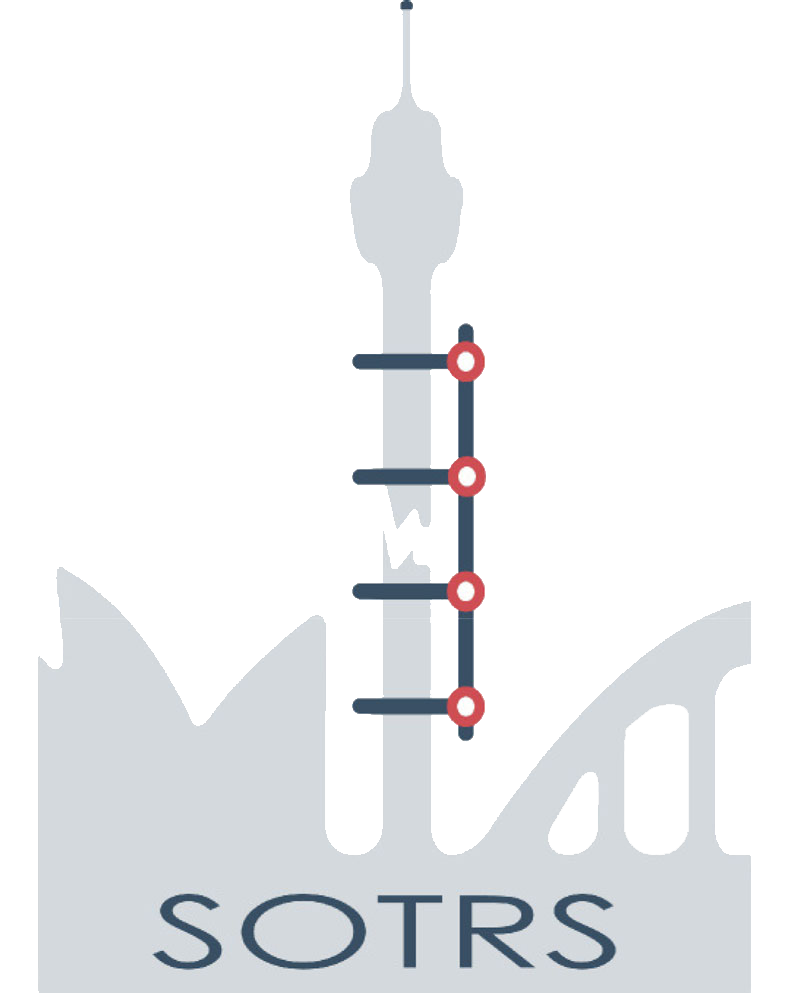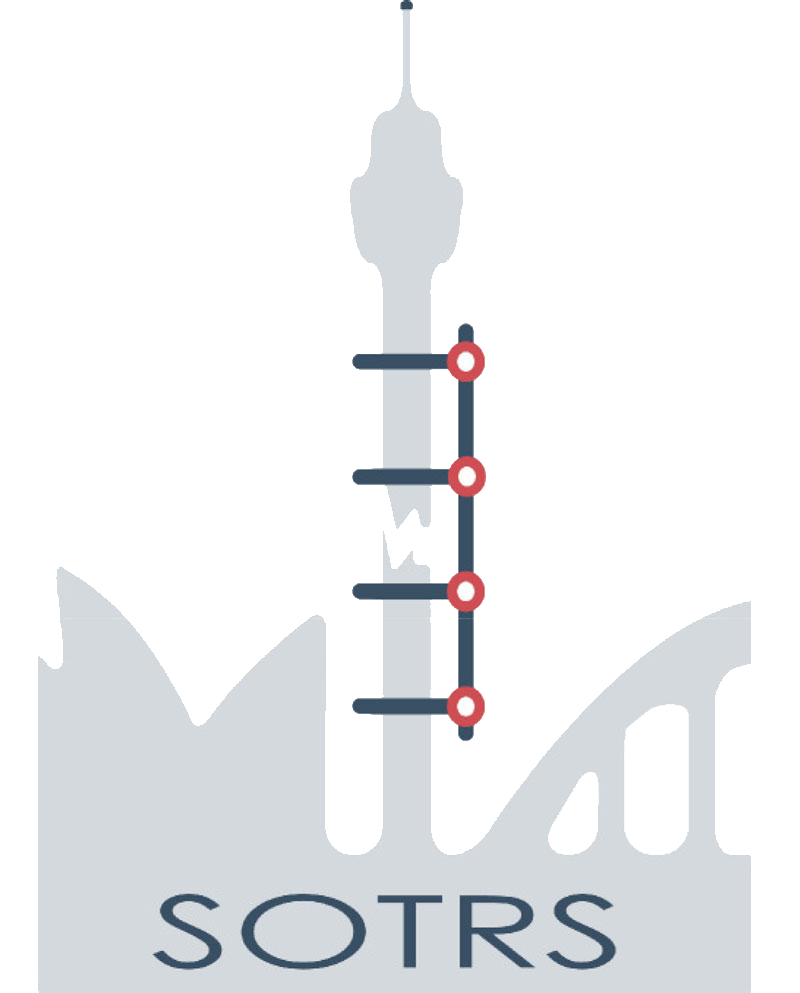Trochanteric bursitis is inflammation of the trochanteric bursa. The trochanteric bursa sits on the side of the hip working as a lubricant for the movement of the muscles of the hip joint. The bursa can become inflamed for no obviously definable reason but is also seen in rheumatoid arthritis, hip joint disorders, tight iliotobial band or after an injury.
Some patients may develop degenerative changes in the tendons around the hip in association with the inflammation.
Trochanteric bursitis affects people of all ages and activity levels. It typically causes pain felt in the outer thigh, which worsens with long walks, stair climbing or prolonged standing. Lying on the effected side often produces discomfort at night. There may be associated muscle weakness causing limp or unsteadiness when on one leg. Most patients report gradual onset of increasing discomfort over weeks or months which fluctuates with activity levels.

